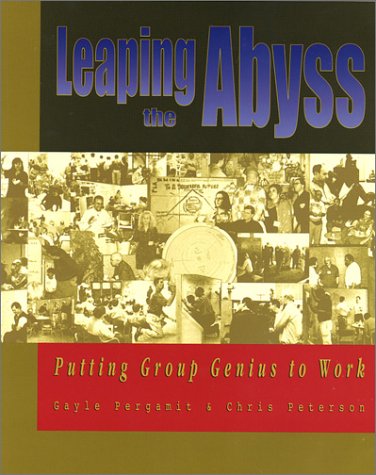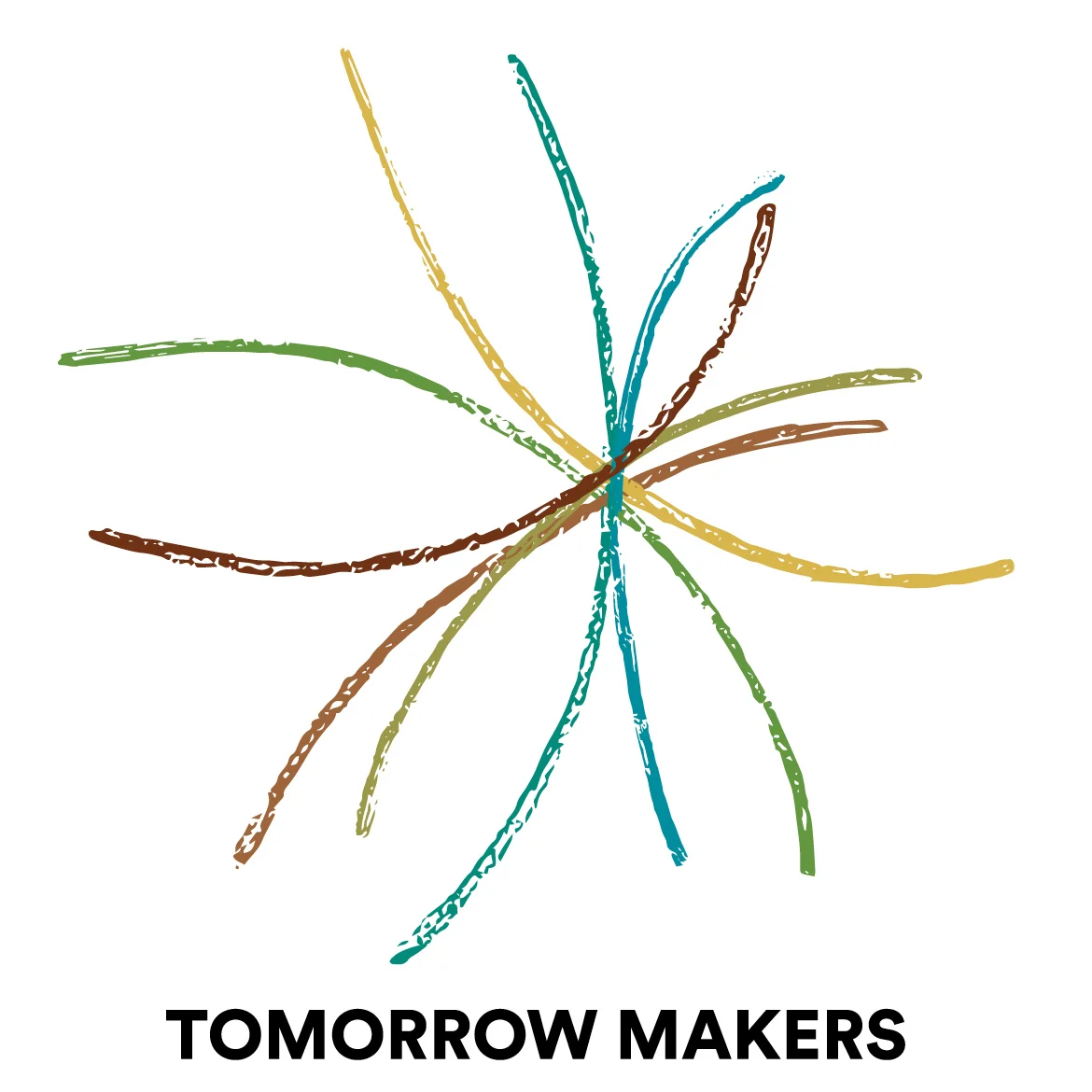A timeline of the use and spread of the term "Group Genius"
/1980: Inspired by her observations and reflections on her time teaching second grade in the late 1960’s and her exposure to the work of Lawrence Halprin, Gail Taylor coins the term. It finds its way into the business planning documents and collateral of Taylor Associates in the early 1980's.
1997: Fast Company  Magazine publishes Group Genius, a feature article on Matt and Gail Taylor and the DesignShop process they created with MG Taylor Corporation (formerly Taylor Associates).
Magazine publishes Group Genius, a feature article on Matt and Gail Taylor and the DesignShop process they created with MG Taylor Corporation (formerly Taylor Associates). 1998: Leaping the Abyss: Putting Group Genius to Work, by Chris Peterson and Gayle Pergamit published by Knowhere Press. This book was the first, comprehensive mass market publication detailing the MG Taylor frameworks, processes and methods. Currently unavailable in print at a reasonable price, the book is available for free online.
1998: Leaping the Abyss: Putting Group Genius to Work, by Chris Peterson and Gayle Pergamit published by Knowhere Press. This book was the first, comprehensive mass market publication detailing the MG Taylor frameworks, processes and methods. Currently unavailable in print at a reasonable price, the book is available for free online.
1999: The Foresight Institute, where Leaping the Abyss authors were Senior Associates, hosts Group Genius Weekend at the Knowhere Store in Palo Alto, California. This marked the first appearance of the Group Genius logo (pictured below right) created by Christopher Fuller and Claire Arias.
 2000: The inaugral "Group Genius Awards" are presented by MG Taylor to individuals, event teams, and NavCenters that exemplify Group Genius in how they work and release creativity in groups.
2000: The inaugral "Group Genius Awards" are presented by MG Taylor to individuals, event teams, and NavCenters that exemplify Group Genius in how they work and release creativity in groups.
Around 2004, Architectz of Group Genius forms as a design consultancy in Milan, Italy, inspired by the work and methodology of Matt and Gail Taylor.
2007: Group Genius: The Creative Power of Collaboration by Keith Sawyer, a renowned and highly regarded scholar on the science of creativity, is published. So far as we can tell, this is the first public appearance of the term not directly connected with the original usage of the term, though the context and meaning has much overlap. The book has been well received and is typically receives the highest Google page rank when doing a search for “group genius."
2014: The Difference Australia, a subsidary of Pricewaterhouse Coopers, launches a promotional video that appropriates the term, indirectly referencing the Taylor methodology as a core source of their own methodology. Gail and Matt are frequent advisors, educators and co-designers to The Difference Australia team.
 2014: Tomorrow Maker Todd Johnston appears at TEDx Livermore and gives a Talk on several of the core conditions that contribute to the realization of Group Genius.
2014: Tomorrow Maker Todd Johnston appears at TEDx Livermore and gives a Talk on several of the core conditions that contribute to the realization of Group Genius.


